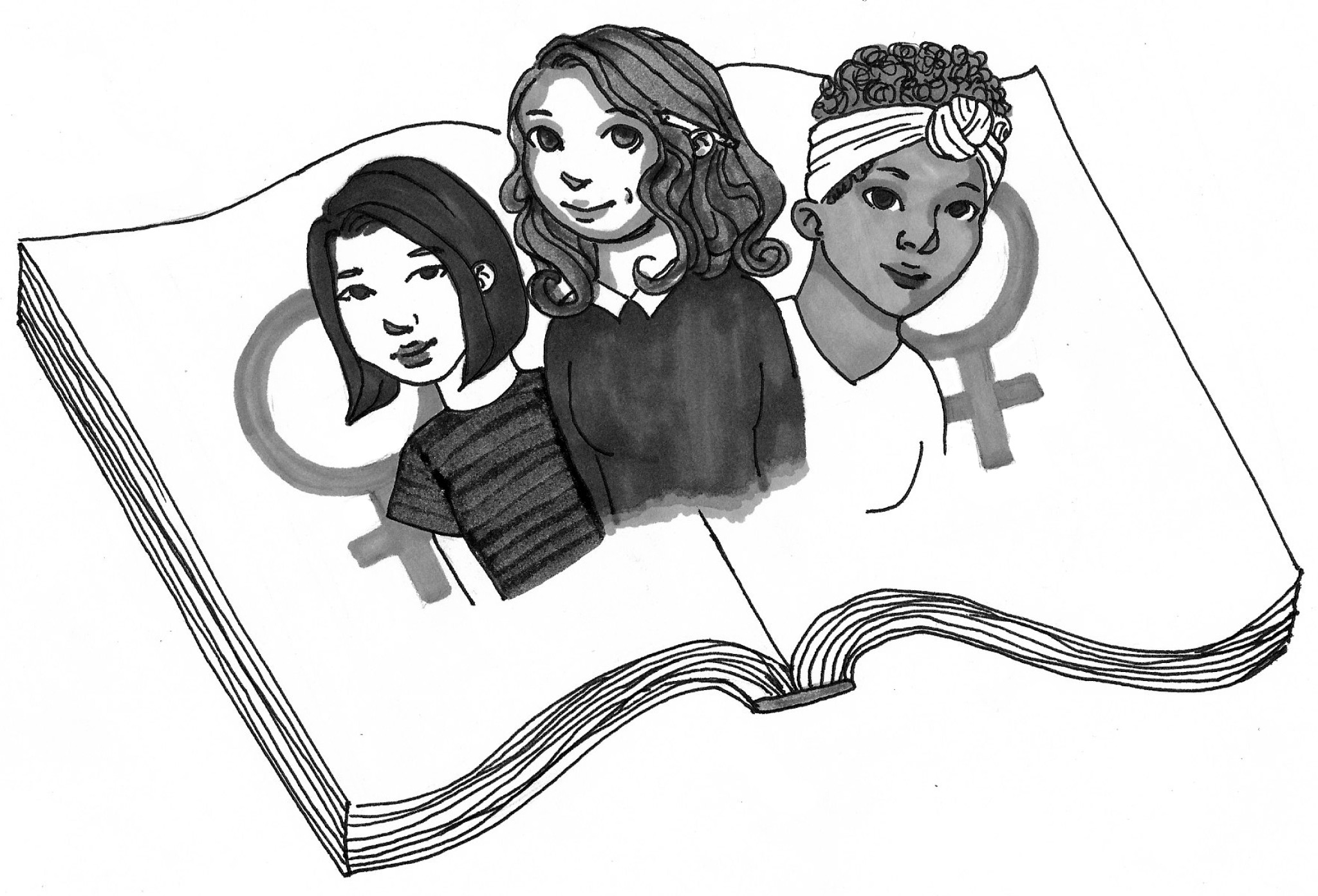In my AP Spanish Literature and Culture class, it was not until the final week of the first semester that we read our first work written by a woman. The College Board determines our reading list, and out of 38 works, seven were written by women. For me, this became just another reason to be angry at The College Board. I tried Direct Messaging them on Twitter and Instagram to ask them why they didn’t put more effort into including a representative number of female authors on the list. They left me on “read.” My communication with The College Board went nowhere, but conversations I had with friends made me realize how deeply ingrained this disparity is, even at a school as progressive as Berkeley High School (BHS).
When I told a friend the number of female authors on my Spanish reading list, he was actually surprised that the number wasn’t lower. “Think back,” he said. “When have we ever read a book by a female author in an English class?” I racked my brain and realized that he was right; in high school I had barely been assigned any books written by women. In my sophomore year English class I read one book and two plays, all written by men. This year in English so far we’ve read two books and one play, all written by men. Out of the seven books on our silent reading list, one was written by a woman. The current U9 reading list has four books, and one is written by a woman. These numbers are abysmal.
Except for the U9 reading list, I am recounting just my experience as a student in Academic Choice, and I acknowledge that other students may have read more books by female authors. However, my experience in the largest learning community at BHS leaves me concerned by the effort made at BHS to expose all students to books by women.
Students are disengaged from school when they are not represented in the characters they read about, or the authors they read. Additionally, girls are discouraged from writing when they are not exposed to female authors.
Not only do we mostly read male authors, some of those celebrated authors subscribe to a sexist view of female writers. Take Nathaniel Hawthorne, the author of The Scarlet Letter, a book well-known for its strong female lead. Hawthorne was notoriously critical of female writers. He wanted female authors to be “forbidden to write.” I found out about this after reading the book, when I read a letter to the editor in The New York Times that criticized the fact that the letters to the editor published in The New York Times are disproportionately male. In the letter, the author brought up that Hawthorne quote as an example of the disregard for female authors that is deeply ingrained in our society. The New York Times responded to the letter and said that most of the submissions they get are from men. Sadly, one of the consequences of marginalizing female authors is that girls may grow up less likely to write because they feel their voices won’t be heard.
Teachers, schools, and organizations who decide reading lists shouldn’t consider including female authors to be an afterthought. Students need to be exposed to a variety of voices. Great female authors exist and we should be reading their work. There needs to be an intentional effort to fix the gender imbalance, and it should start now.





